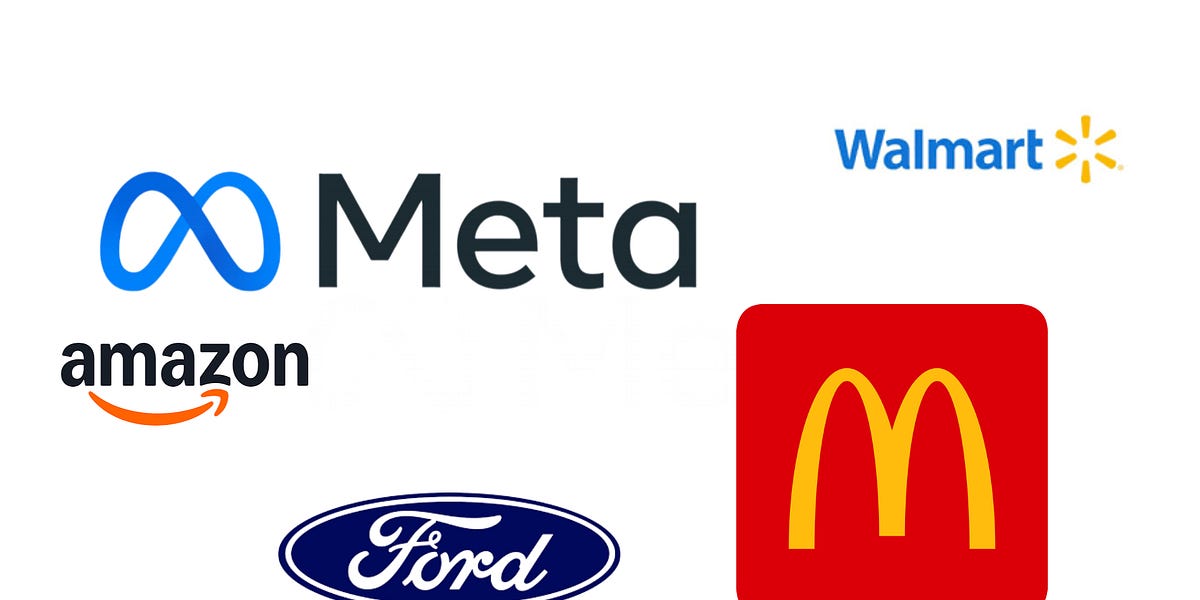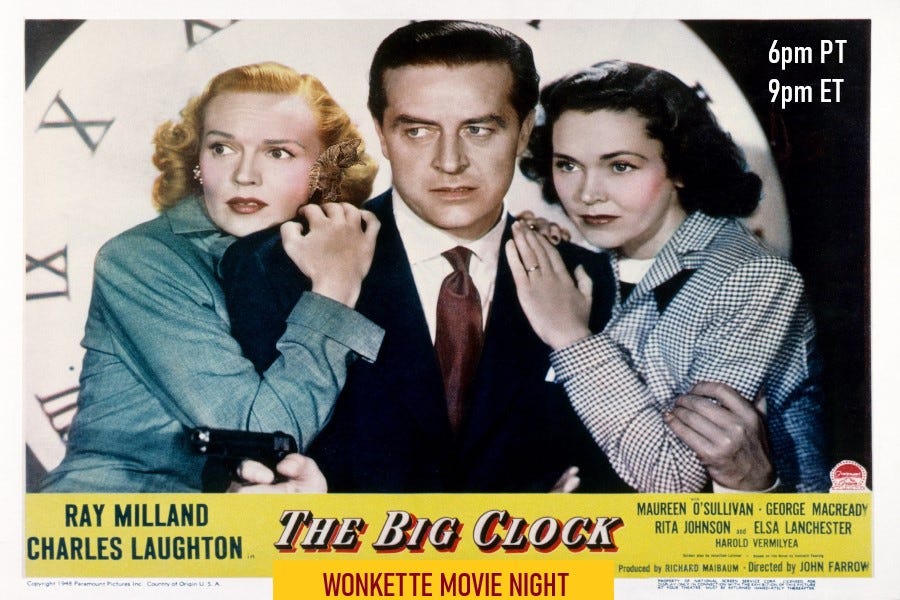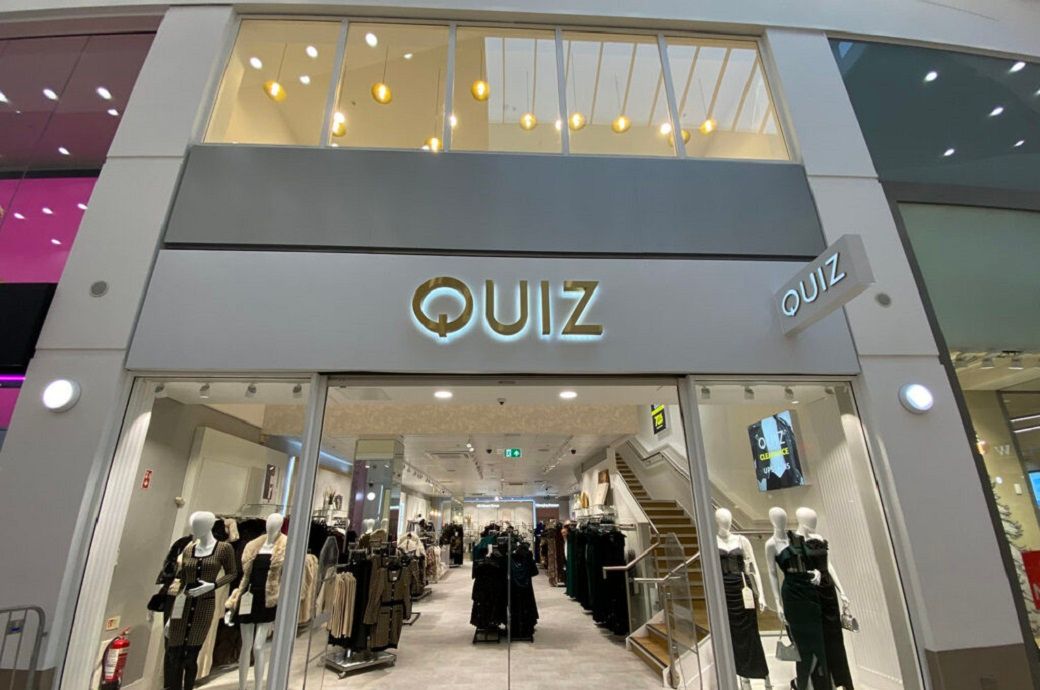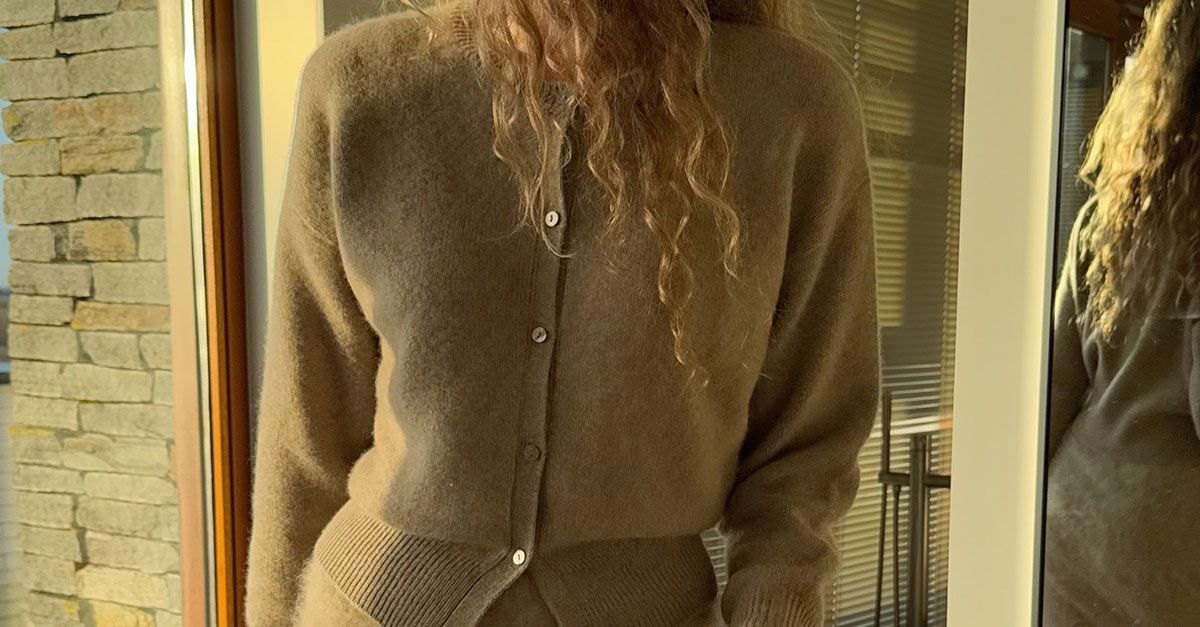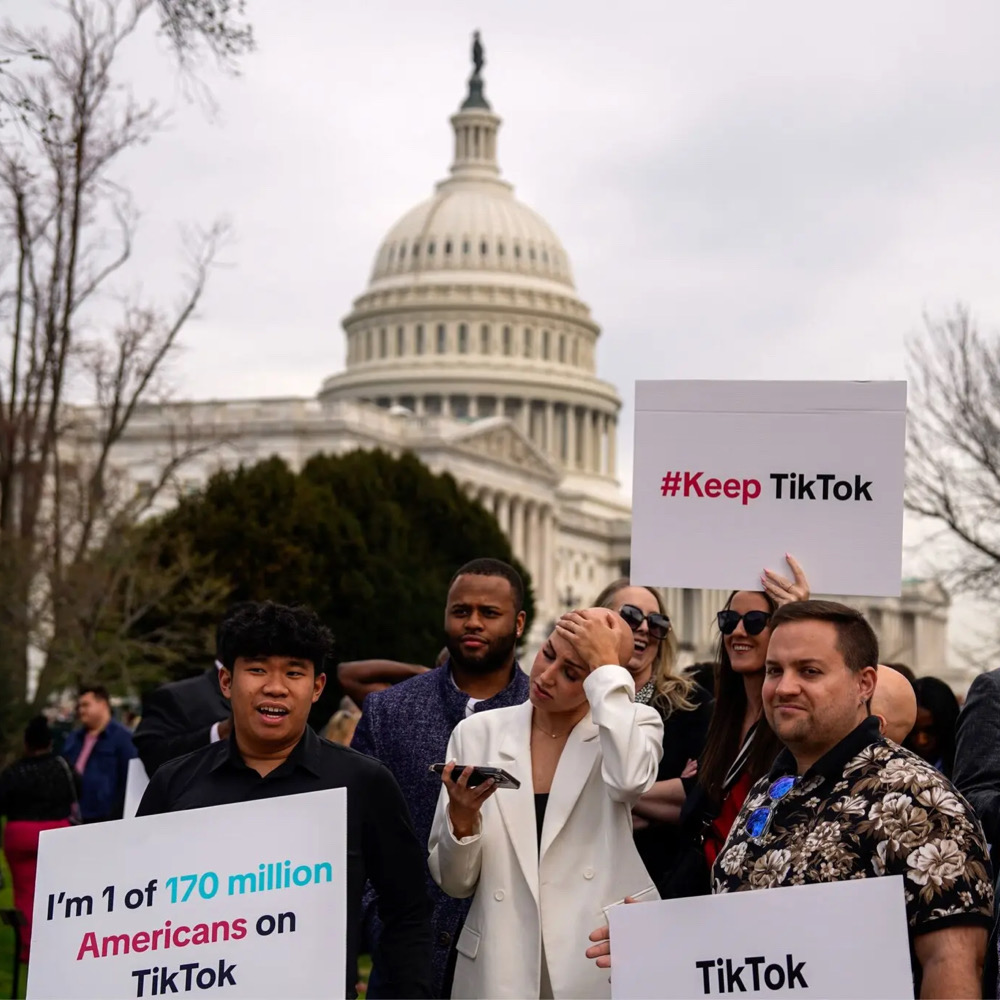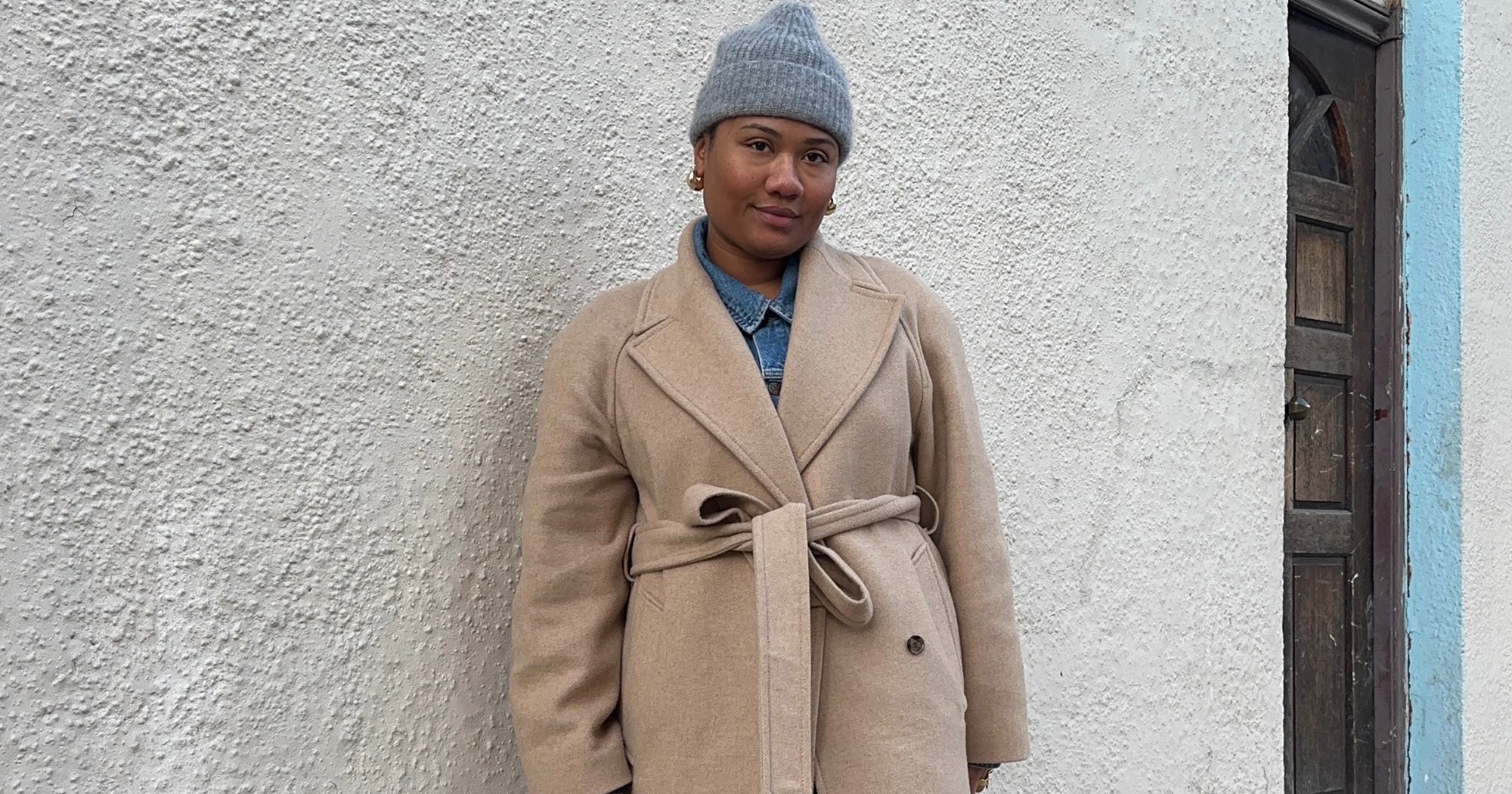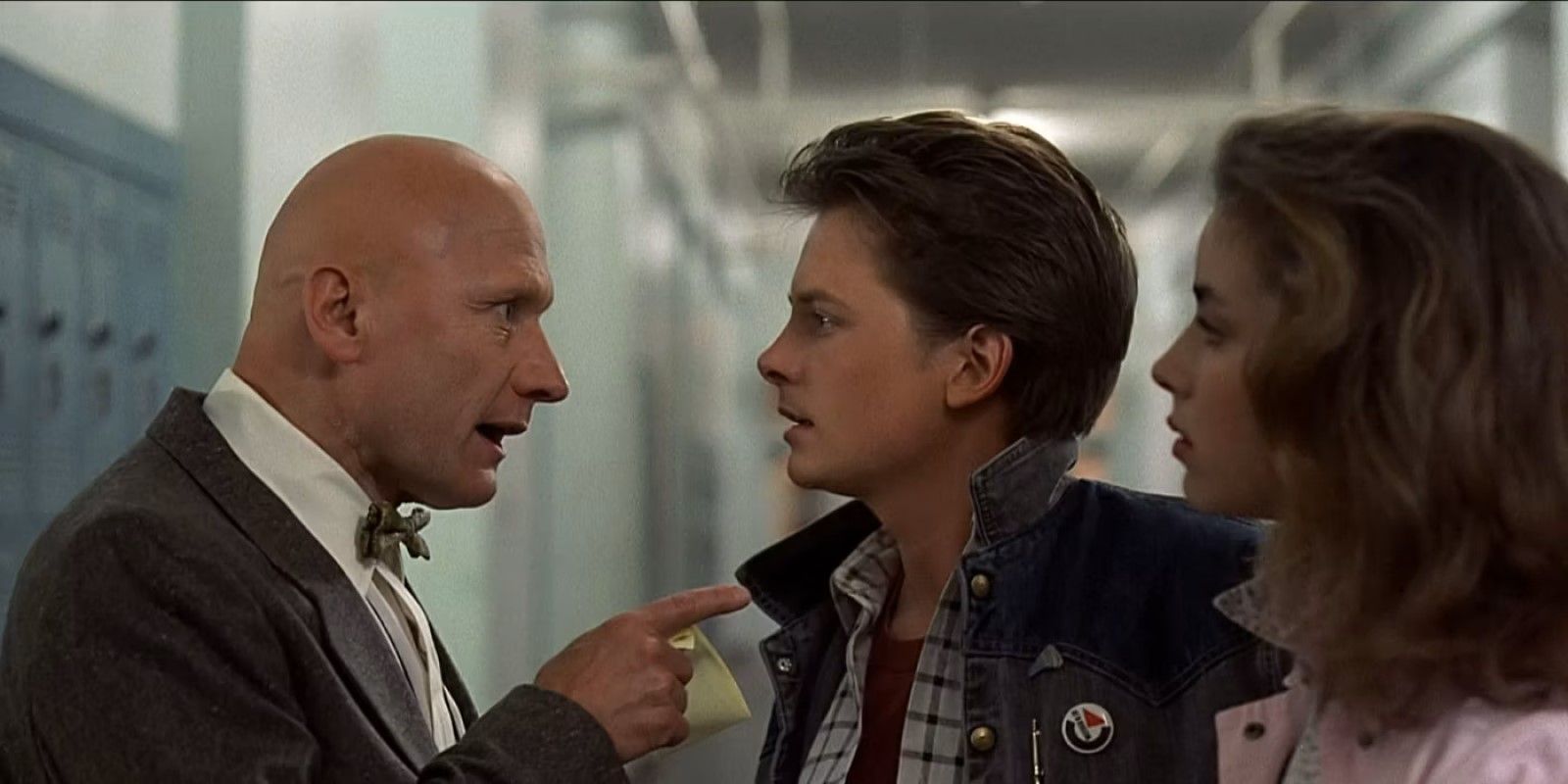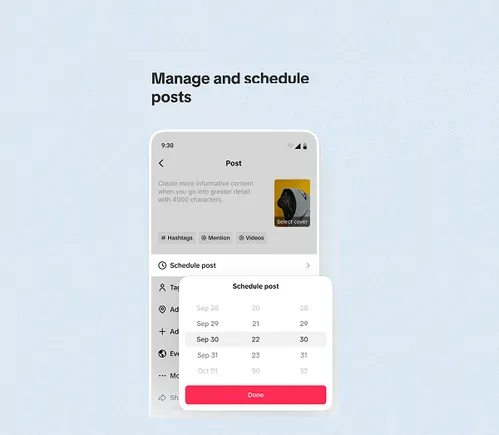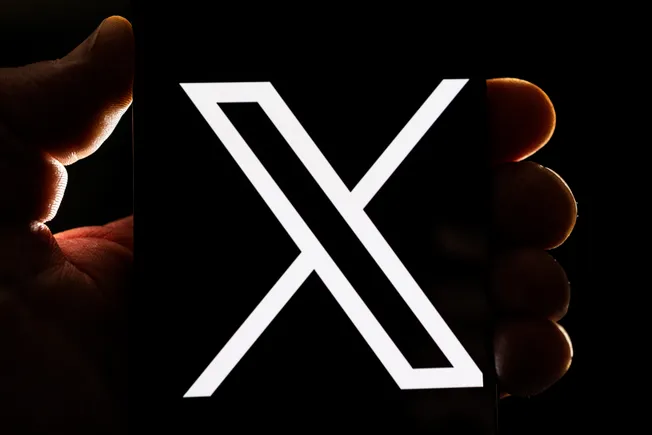TikTok has agreed to change its policies around branded content to ensure greater transparency, in line with EU rules, which will also see it implement new regulations around the promotion of alcohol, cigarettes and ‘get rich quick’ schemes within the app.
The updates come as a result of an investigation into alleged breaches of EU consumer rules, with TikTok found to be failing in its duty to protect children from hidden advertising and inappropriate content.
As explained by the European Commission:
“Following dialogues with the Commission and the network of national consumer protection (CPC) authorities, TikTok has committed to align its practices with the EU rules on advertising and consumer protection, namely, the Unfair commercial practices Directive, the Consumer rights Directive and the Unfair contract terms Directive.”
The changes, as noted, will include improved identification of ads to ensure transparency, as well as better explanations of the process around buying and using virtual currency in the app. TikTok will also implement a new process that will enable users to more easily report rule-breaking ads as they see them.
It’s a good outcome, after a year of negotiations between the groups, which will see TikTok avoid penalties, while improving the in-app experience for many EU users.
Though not all representatives are happy with the outcome. The deputy head of The Consumer Voice Ursula Pachl says that the updated regulations don’t offer the same levels of protection for all users, with the focus being on youngsters specifically, while also TikTok hasn’t committed to stop targeting kids with personalized ads.
It’s the latest in a series of challenges for the app, which comes with rapid scale, and hasn’t appeared to slow TikTok’s growth down at all as yet.
TikTok has also come under scrutiny over its content moderation processes, and the exposure of youngsters in the app, while more recently, a US investigation found that TikTok had been sharing US user data with its Chinese parent company, which could expose US users to Chinese spying.
There’s no evidence to suggest any direct wrongdoing by TikTok in any case. But the fact is that at least some element of TikTok’s appeal is the sexualization of youngsters, with its algorithms highly attuned to different body traits and types, which it uses to show people more enticing content and keep them scrolling through their feed.
Case in point, in 2020, a leaked document showed that TikTok moderators had been instructed to suppress content that featured people who were ‘too ugly, poor, or disabled for the platform’. The idea was that this type of content would turn some users off the app, and reduce its overall appeal. TikTok has said that such regulations were removed from its guidance, but the very concept that TikTok is even able to do this, based partly on algorithm identification, suggests that its systems are able to use such parameters as ranking tools, which means that TikTok can, and likely does, use physical traits like this to show people more of what the like, and less of what they don’t.
You can’t prove that, because TikTok would argue that the algorithm is personalized, and attuned to each users’ own interests. But various investigations have shown that TikTok relies on pretty young women, in particular, to enhance its appeal.
Which, again, is just one concerning aspect of the broader TikTok trend. And while these new updates will reduce ad exposure in the app, there are still many ways that TikTok’s systems can expose users to inappropriate content, and it’ll be interesting to see if, under this new agreement, the EU ends up having to enforce such for future action.








